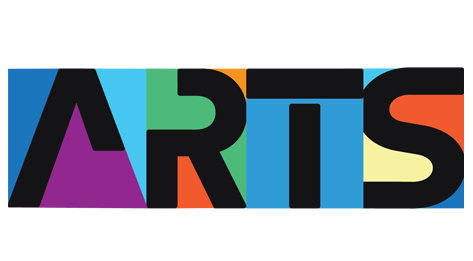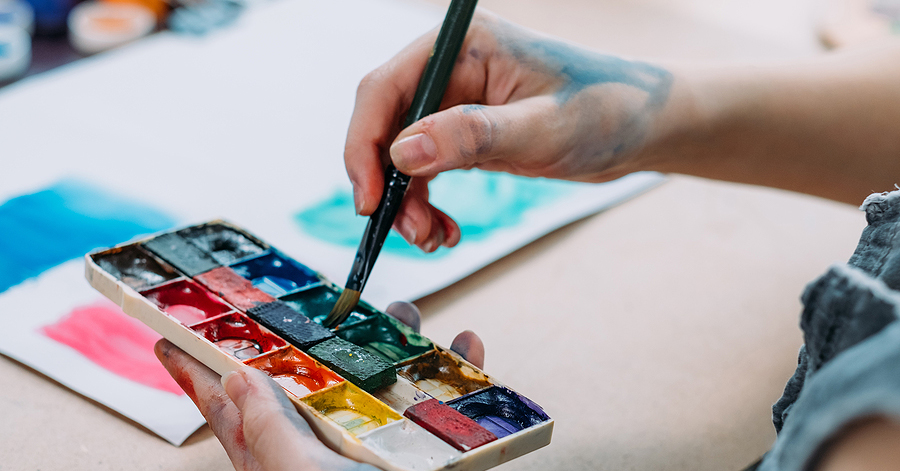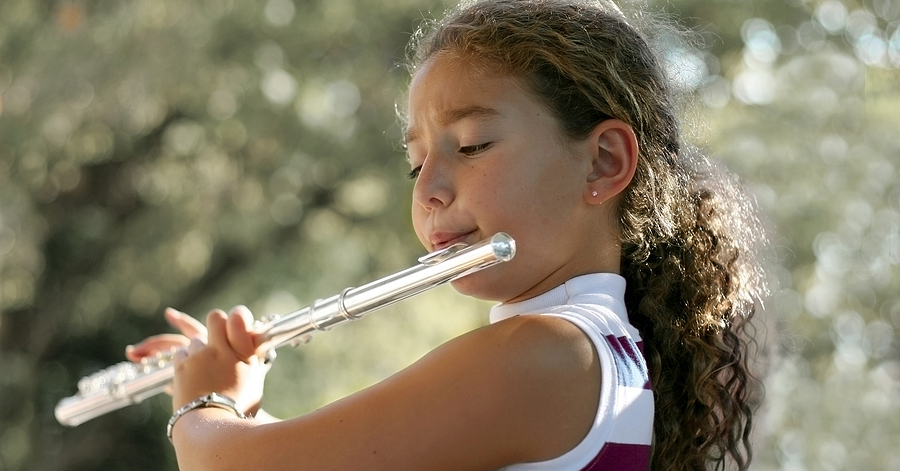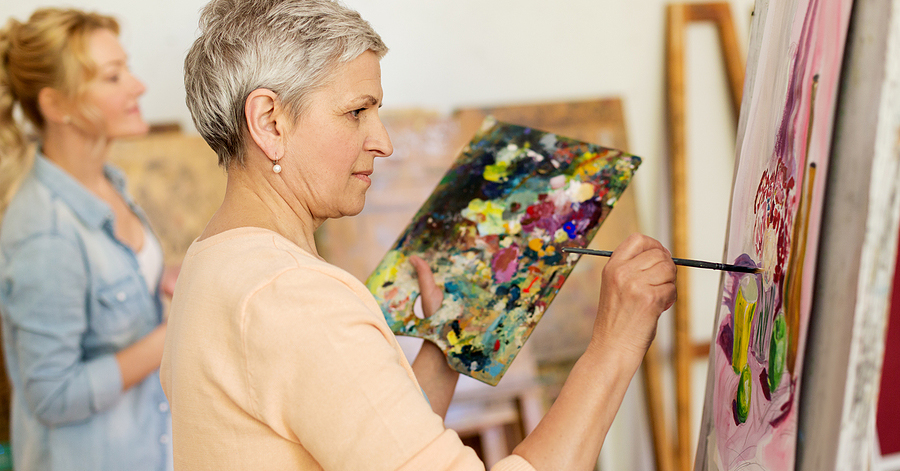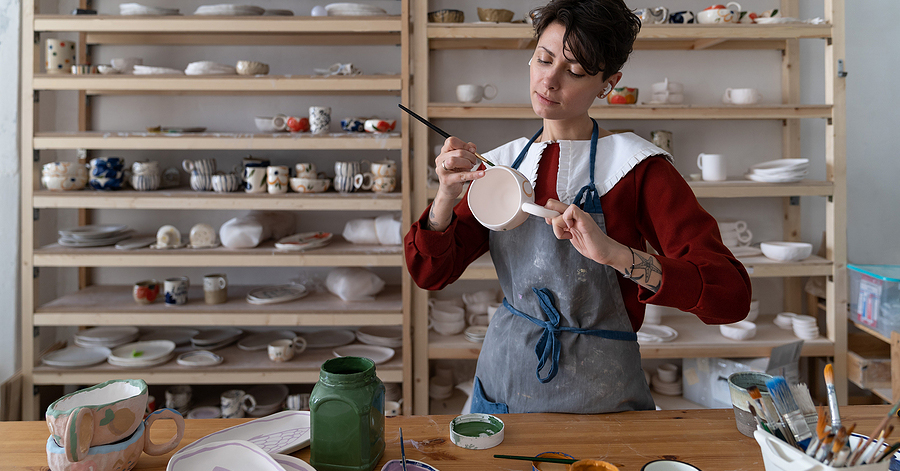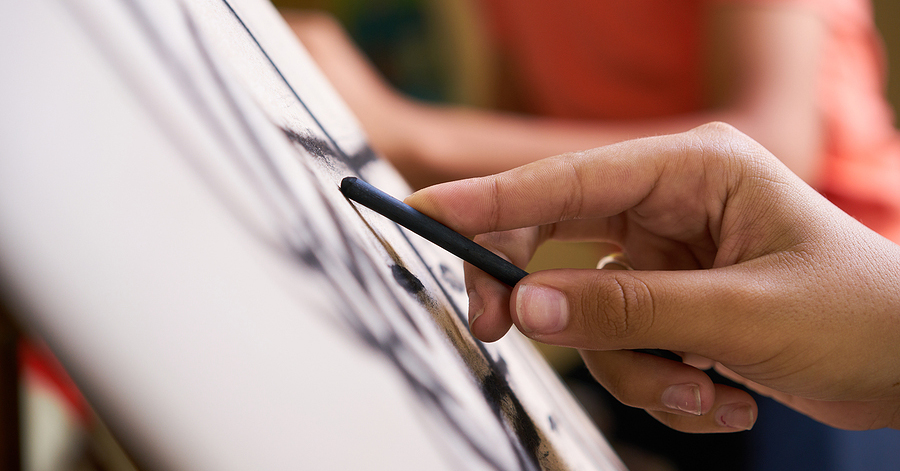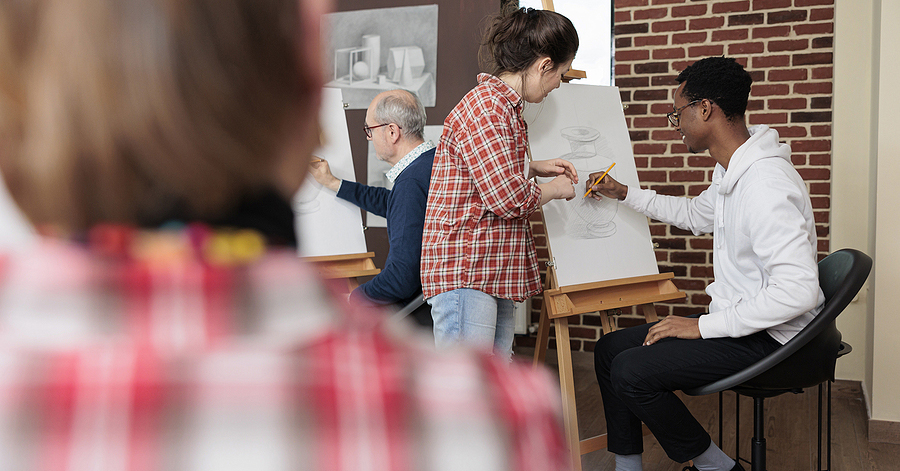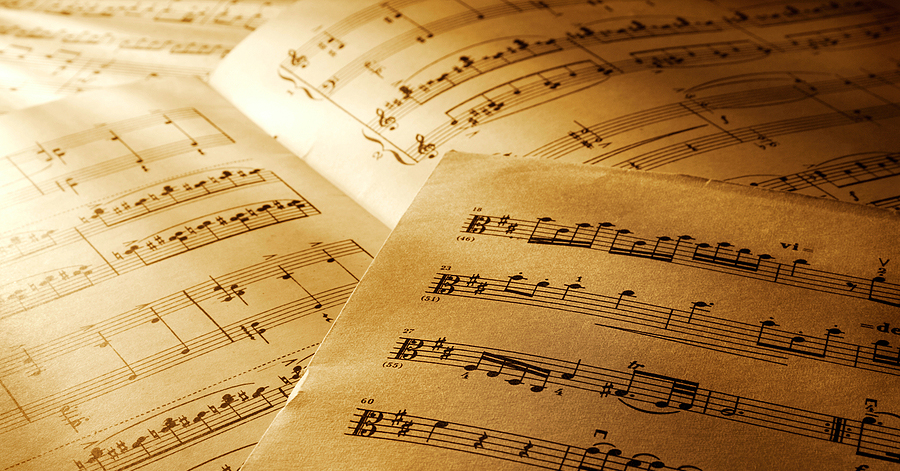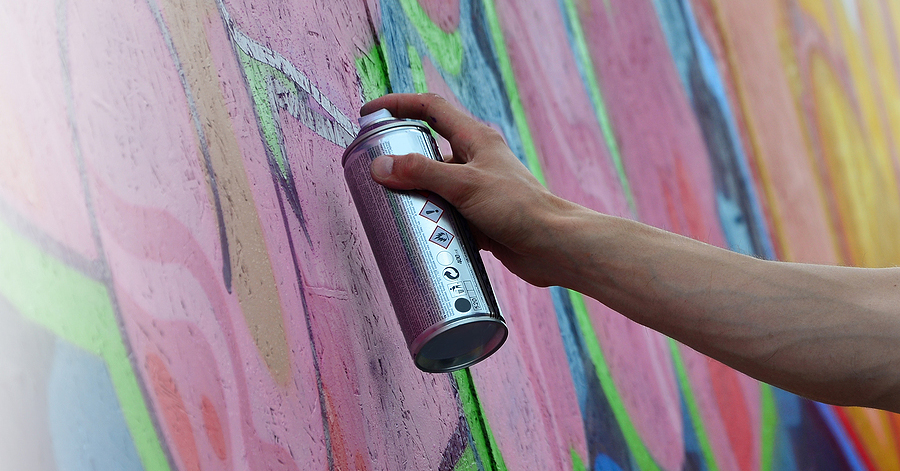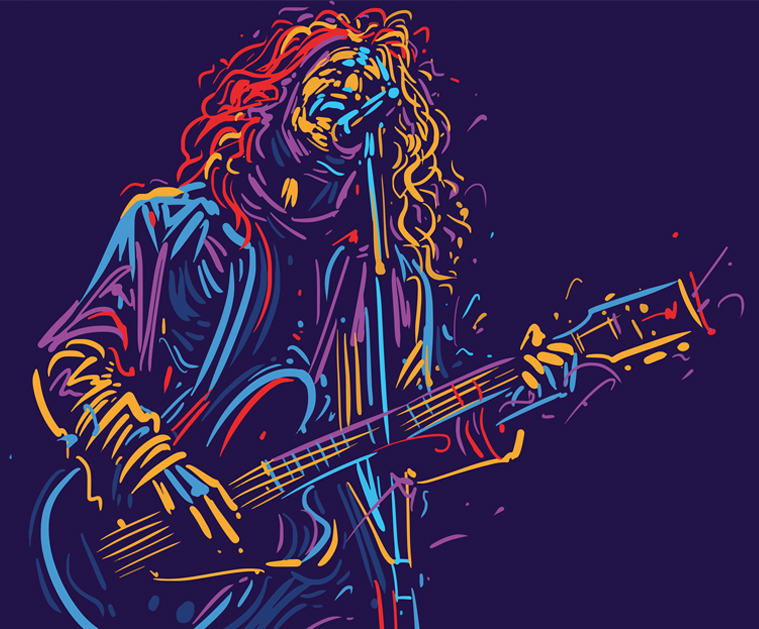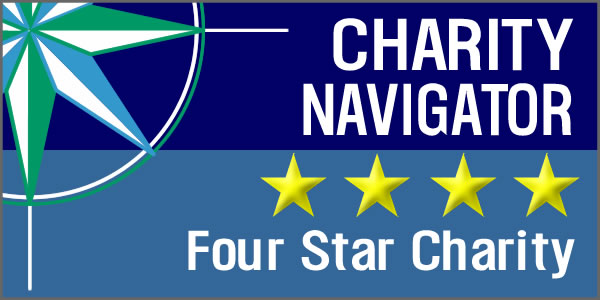Music has always been a profound way for people to express themselves, but its influence reaches beyond emotional or social realms.
Research increasingly shows a compelling link between music and academic performance, revealing how music education can significantly enhance students’ cognitive abilities, social skills, and mental well-being, which in turn benefits their learning experiences.
Let’s explore the many ways that music can shape academic success.
Understanding the Cognitive Benefits of Music Education
Brain Development and Neuroplasticity
When students engage with music, their brains are uniquely stimulated. Playing an instrument, for instance, activates areas associated with memory, language, and spatial-temporal reasoning.
Research shows that music training fosters neuroplasticity, enabling the brain to strengthen connections and adapt to new challenges, which is essential for effective learning. Studies have found that students with musical backgrounds often develop stronger neural pathways, which translate to better cognitive flexibility and problem-solving skills in academic contexts.
Enhanced Memory and Retention Abilities
One of the standout benefits of music education is its impact on memory. Learning music involves memorizing notes, rhythms, and lyrics, which exercises the brain’s auditory memory, boosting overall retention skills.
This advantage proves invaluable across subjects like math and language arts, where recall is essential. In fact, students who engage with music often show an impressive ability to retain information, a skill that bolsters academic performance on tests and exams.
Academic Skills Strengthened by Music
Improved Mathematical Skills
The relationship between music and mathematics is fascinating. Musical concepts like rhythm and tempo require a foundational understanding of counting, fractions, and proportions. Music students, especially those who practice regularly, exhibit strengthened mathematical skills due to this inherent overlap.
Studies suggest that students involved in music programs tend to perform better in math assessments than their peers, showing higher competency in areas like pattern recognition, logical reasoning, and spatial awareness.
Enhanced Language and Reading Comprehension
Music education also positively impacts language skills. Through the process of learning to read musical notes, students improve their phonological awareness, which is crucial for reading comprehension.
Analyzing lyrics and singing expand vocabulary and improve language processing, allowing students to become more adept readers. These skills make music students proficient at dissecting texts and understanding complex material, which directly translates to improved language arts scores.
Increased Focus and Discipline
Learning music demands patience, attention to detail, and consistency—all traits that build discipline. Practicing an instrument requires focused dedication, which helps students develop concentration skills that are useful in the classroom.
By engaging in daily practice routines, music students often display enhanced focus and self-regulation, allowing them to thrive in demanding academic environments and manage their workloads effectively.
Social and Emotional Benefits of Music Education in Academic Settings
Boosting Self-Esteem and Confidence
Performing music, whether solo or as part of a group, encourages students to overcome nerves and gain self-confidence. As they master new pieces and receive positive feedback, music students build a strong sense of personal achievement.
This boost in self-esteem often extends to other areas of academic life, empowering students to participate actively in class discussions, group projects, and presentations.
Promoting Collaboration and Social Skills
Participating in musical ensembles teaches students valuable teamwork skills. They learn to synchronize with others, balance their contributions, and work toward a common goal, all of which foster collaboration.
Students in music programs often excel in group projects because they understand the importance of unity and cooperation. The social aspect of music also enables them to form lasting friendships, creating a support network that can positively influence their academic journey.
The Role of Music in Stress Reduction and Mental Health
How Music Relieves Academic Stress
Music’s soothing effect is well-documented; playing or listening to music can reduce cortisol levels, which lowers stress and anxiety.
Students who engage with music are often better equipped to handle academic pressure, benefiting from the calming influence of music. Lower stress levels allow students to focus more intently, make better decisions, and perform consistently in school.
Improvement of Mood and Motivation
Music not only alleviates stress but also uplifts mood, making students feel more motivated. Many schools incorporate short music breaks or after-school music programs to help students decompress and re-energize.
These students often return to their studies with a positive outlook and renewed drive, increasing their resilience and ability to face academic challenges with confidence.
Comparing Academic Performance: Students Involved in Music vs. Non-Music Students
Overview of Comparative Studies
Several studies highlight the academic benefits music students enjoy over non-music students. These comparative studies reveal that students involved in music programs typically report higher GPAs, better attendance rates, and an increased likelihood of graduating.
For instance, a 2019 study found that music students scored an average of 15% higher on standardized tests compared to their peers. This correlation suggests that music students benefit from cognitive, social, and emotional skills that translate to better academic performance.
Possible Counterarguments and Limitations
It’s worth mentioning that some studies show mixed results, often due to external factors like socioeconomic disparities. Access to quality music programs may vary by school district, impacting the extent to which students can benefit from music education.
Moreover, students have different learning styles, so while music is beneficial for many, it might not have the same effect on everyone. Nevertheless, the vast majority of evidence points to a positive correlation between music engagement and academic success.
Practical Applications: How Schools Can Incorporate Music to Enhance Academic Outcomes
Building Effective Music Programs
Successful music programs require qualified instructors, access to instruments, and a structured curriculum that encourages gradual skill-building. Schools that prioritize music education see benefits across their student body.
By integrating music into the curriculum, schools can make these benefits accessible to all students, not just those who might pursue music professionally.
Encouraging Parental and Community Involvement
Parental support plays a vital role in a student’s musical journey. Schools can engage parents by hosting recitals, offering resources for home practice, and keeping them informed about their children’s progress.
Community organizations like East End Arts can also support schools by providing workshops, mentorship programs, and scholarships, making music education accessible to a wider group of students.
Supporting Diverse Music Interests
Every student’s musical taste is unique, and schools can cater to a broader range of interests by offering non-traditional classes like digital music production or world music.
Allowing students to explore various genres increases their likelihood of staying engaged and reaping the academic benefits of music. This approach also builds inclusivity, ensuring that more students can experience the positive effects of music on academic performance.
Conclusion: The Long-Term Impact of Music on Academic and Personal Growth
The benefits of music on academic performance extend far beyond improved grades. Music nurtures essential skills like discipline, focus, teamwork, and resilience, fostering well-rounded students who are prepared to succeed in all aspects of life.
At East End Arts, we believe in the power of music to shape young minds and support academic achievement, offering high-quality music education that’s accessible to everyone. By investing in music programs, schools, parents, and communities can help students unlock their full potential.
Music has proven to be more than just an art form—it’s a powerful tool for personal and academic growth. Whether you’re a parent, educator, or student, consider the profound impact music can have, and explore how East End Arts’ programs can support your journey to success.
